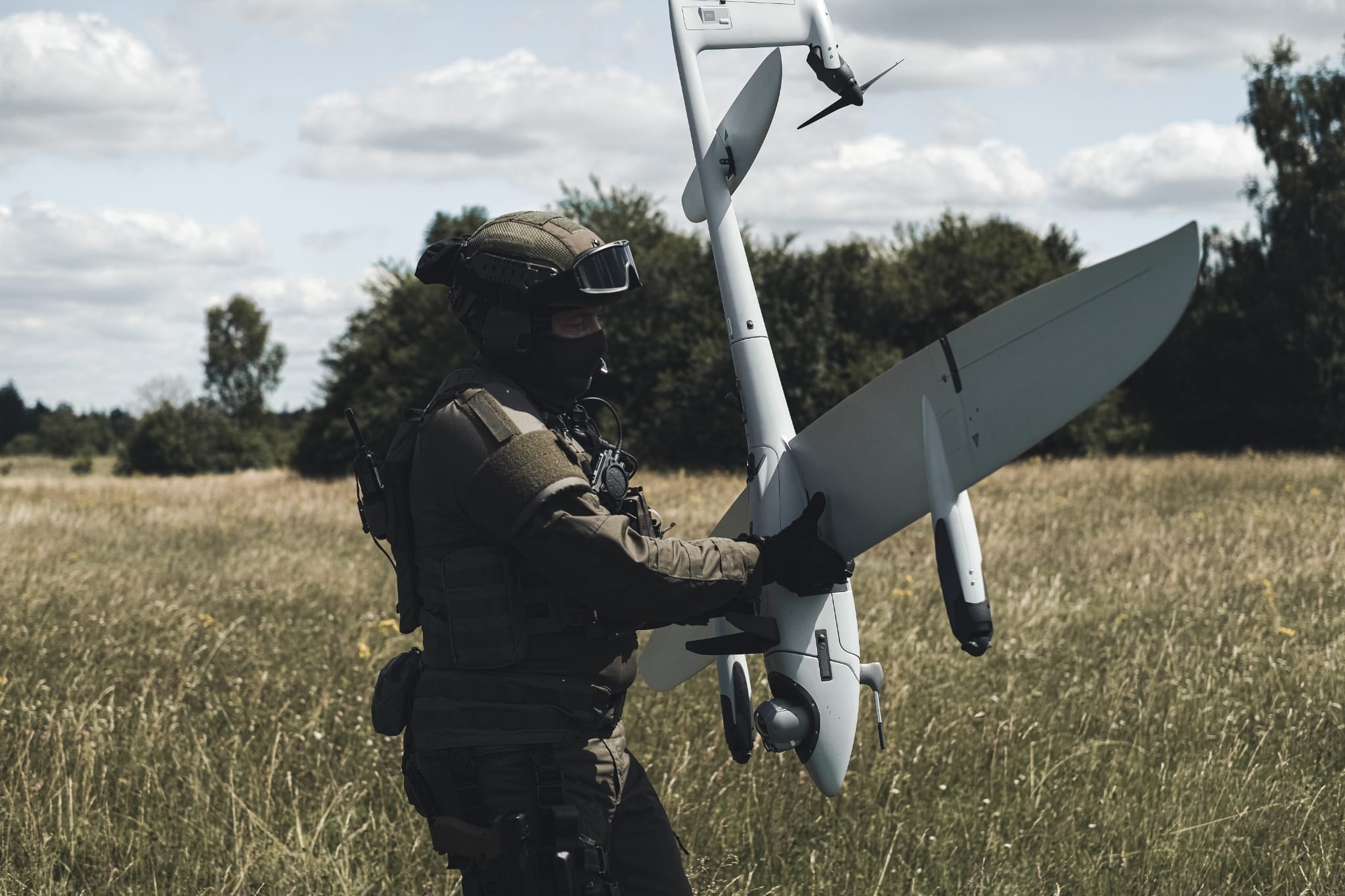
Belgium and Türkiye Join Drone Coalition for Ukraine
Belgium and Türkiye have officially joined the international drone coalition created to support Ukraine.
The Ministry of Defense of Latvia, which, together with the United Kingdom, coordinates the initiative’s activities, reported on this.
“The addition of new allies to the coalition will allow us to provide Ukraine with even more targeted and effective support on the battlefield in the fight against the aggressor, as well as strengthen our own and our allied countries’ defense industries,” Defense Minister Andris Sprūds emphasized.
Currently, the international Drone Coalition unites 20 countries, including Latvia, the United Kingdom, Ukraine, Australia, Belgium, the Czech Republic, Denmark, France, Estonia, Italy, New Zealand, Canada, Lithuania, Luxembourg, the Netherlands, Norway, Poland, Türkiye, Germany, and Sweden.
In total, the countries that have joined the initiative have committed to allocating €2.75 billion to support Ukraine this year.

They have already contributed a total of around EUR 180 million to the coalition’s joint drone procurement fund, which the United Kingdom leads.
These funds are intended for centralized purchases of drone technologies, as well as for national support within each coalition member country.
Latvia’s planned support under the initiative this year amounts to EUR 20 million aimed at drone procurement, along with an additional EUR 10 million for cooperation projects between the Latvian and Ukrainian industries.
Last year, Latvia also allocated EUR 20 million to support Ukraine.
The Drone Coalition
The coalition aims to ensure industrial production of drones and expand the unmanned aerial vehicle industry to create an asymmetric technological advantage over the enemy on the battlefield in accordance with Ukraine’s needs.

In March 2025, the Ministry of Defense of Ukraine announced that the drone coalition allocated EUR 20 million for the procurement of reconnaissance UAVs for the Ukrainian Defense Forces.
These drones are currently a key element of intelligence activities in the frontline zone. Additionally, they are actively used for artillery fire adjustment and the precise destruction of enemy weapons and equipment.









